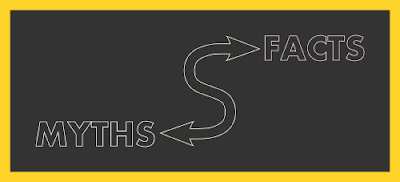Usability myths

By Arathi Sethumadhavan I just finished reading Philip Kortum’s latest book on Usability assessment: How to measure the usability of products, services, and systems . This is a very comprehensive book for beginners to understand what usability assessment is, why it is important, and the techniques to perform a usability evaluation. Below are the common myths on usability that the author discusses. I am sure several of you reading this have heard or experienced at least some of these. Usability assessment is complete if the product developers can use the product: Programmers, though skilled in developing the most robust code and algorithms often times fail to consider the expertise and skills of the actual users of the product. Therefore, they conclude that if they are able to use the system, the end users will have no trouble using the system as well. Usability assessment is just common sense: The author gives the example of fire trucks, which are usually painted red.
